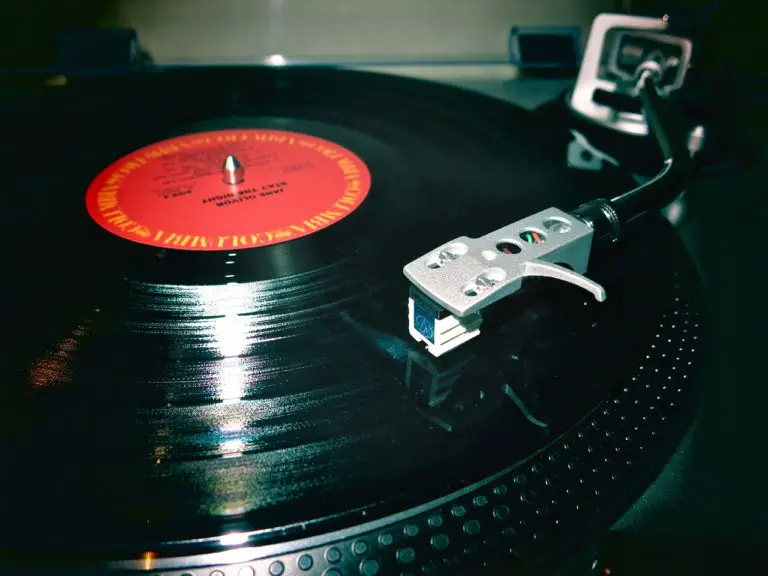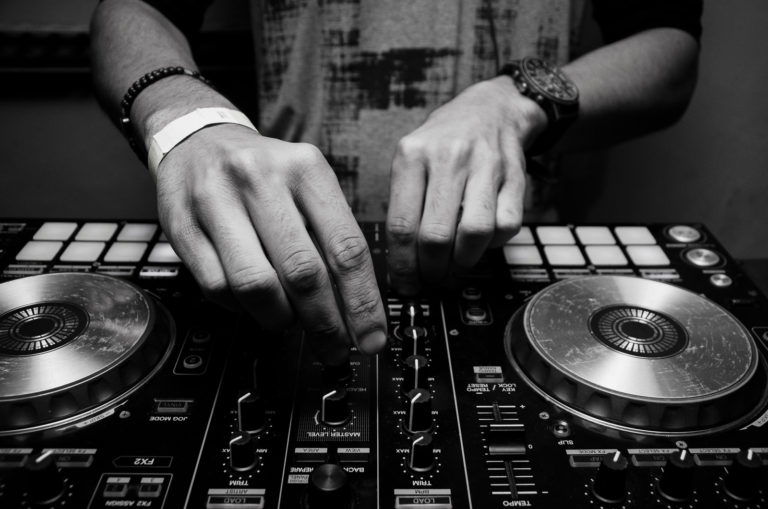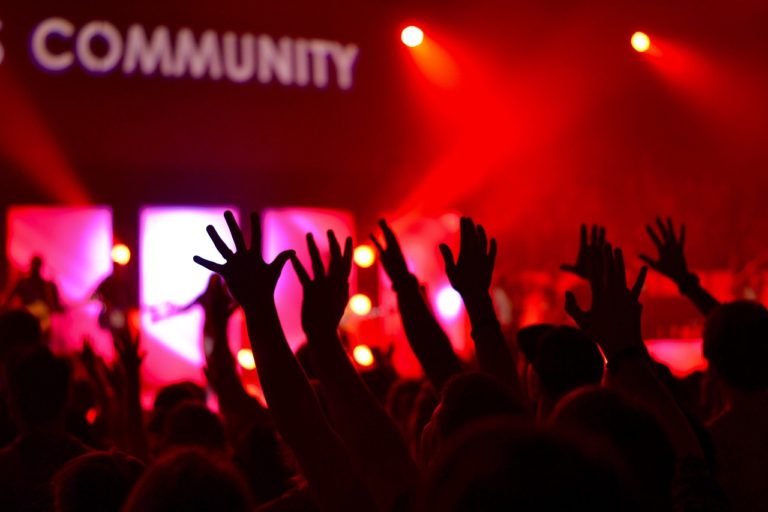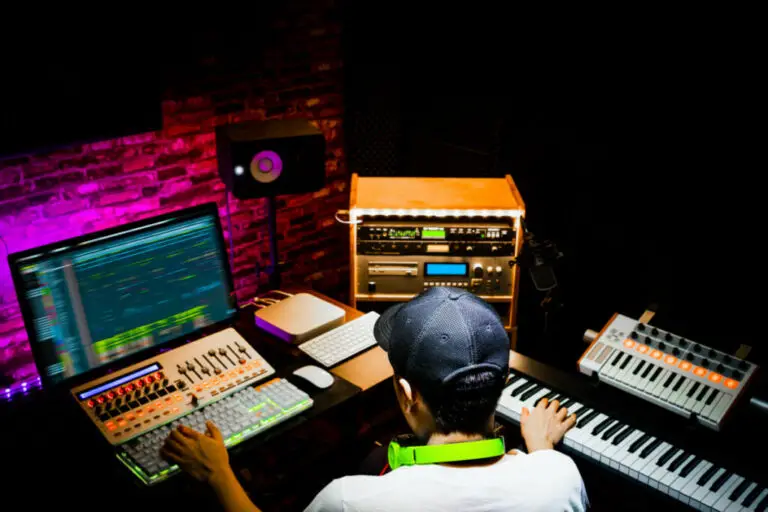Why Do Guitarists Change Guitars On Stage?
Have you ever watched a live performance by your favorite band and noticed that the guitar player will switch to a different guitar occasionally, or in some cases, in between almost every song? You may have even noticed them doing so in the middle of a song.
As a musician and someone who has worked in the live entertainment business for most of my adult life, I am often asked why a guitarist would switch to a different guitar during a performance.
So, why do guitarists change guitars on stage? Guitarists switch guitars between songs out of necessity or preference. Changing guitars allows them to quickly switch tunings and tone. This is also a quick fix to a broken string or switch in preference.
The truth is that there is no single answer to the question but rather a myriad of possible reasons. These can include:
- Broken strings or malfunctions
- A means of rapidly changing tunings for different songs
- A desire for a different tone
- Switching to a guitar with more strings for an expanded range
- Shifting from acoustic to electrified sections of a song
- Contractual obligations from manufacturer endorsements
- A matter of personal preference, mood or vanity
How Many Guitars Do You Need?
Many professional guitarists travel with a virtual armada of guitars. You may see them lined up in racks (known in the business as guitar boats) at the side or rear of the stage.
Sometimes, the player will hand off and receive guitars from a guitar technician, or perhaps they will just have one or more instruments sitting near them on stage, at the ready to swap out at a moment’s notice. However, regardless of whether one is playing a sold out stadium show or open mic night at the corner café, all guitarists should have at least 2 guitars on hand. We’ll see why in a moment.
Broken Strings or Malfunctions
One of the most common reasons a guitar player will switch to a different guitar during a performance is if they break a string or some sort of other malfunction occurs.
Guitar strings are very thin strands of steel, some as thin a seven thousands of an inch (approximately the width of 3 human hairs) and are tuned to extremely high tension. It’s easy to see how even the lightest of strumming could cause one to break.
Other common forms of malfunctions include issues with electronics and guitar straps breaking or coming undone. For this reason, it is good practice for guitarists to have at least 2 guitars on hand at any given time.
You never know when unforeseen circumstances will arise and nothing puts the brakes on a performance like a guitar player changing strings and tuning up while the singer tries to stall with bad jokes.
Rapidly Changing Between Tunings
There are several pitches a guitar may be tuned to. From the thickest string to the thinnest standard tuning is EADGBE. However, not all songs or styles of music adhere to this standard.
Some types of music such as hard rock and heavy metal traditionally tune to lower pitches for a heavier, more ominous sound. Blues players often use what is known as open tuning to facilitate playing chord shapes with a single finger or a glass or metal tube that slides over the finger. This is a method known as slide playing.
Additionally, any band may tune to a different pitch to accommodate the preferred range or key of the singer and/or other instruments (such as horns).
A Desire for A Different Tone
Anyone who has played on more than one guitar can tell you that, even in identical tunings, no two guitars sound exactly alike.
For instance, some guitars have a low and warm timbre while others are nasally and bright. This can be due to a number of factors such as the type of material used in manufacturing, the style of pickups, string thickness and many more.
Guitarists may switch guitars to get the perfect tone for the song they are playing.
Switching to a Guitar with more Strings For an Expanded Range
Traditionally, a typical guitar has six strings. However, in recent years the use of expanded range instruments has become more common. In heavy metal music, for instance, it is not unusual to see guitars with seven, eight or even nine strings being used to broaden the available sonic palette.
Some believe that this trend has gone to absurd levels now with some boutique guitar makers in a virtual arms race to add more and more strings. Jared Dimes took it up a notch with this 18 string guitar.
In any case, guitarists may switch to a guitar with more strings to get the expanded range they are looking for.
Shifting From Acoustic to Electrified Sections of a Song
Anyone familiar with Led Zeppelin’s timeless classic “Stairway To Heaven” is familiar with the concept of the transition between acoustic and electric guitars within the context of a song. As the song begins, guitarist Jimmy Page is deftly picking a beautiful and light melody on an acoustic guitar. But when the drums come in and the tempo picks up, Page shifts seamlessly to the bombast of a distorted electric guitar.
Bands that have a single guitarist will often accomplish this live by placing the acoustic guitar on a stationary stand (known as a Gracie stand) while still having their electric guitar strapped around their neck for ease of transitioning.
Contractual Obligations from Manufacturer Edorsements
Many pro level musicians negotiate endorsement deals with guitar equipment manufacturers. These relationships are of benefit to both the artist and the company that they are endorsing.
The manufacturer will typically provide gear for free or at a discount in exchange for the free advertising that comes from high visibility artists telling everyone that they use that company’s products exclusively.
Very high profile artists will sometimes even develop their own signature product for the company.
For these reasons the artist may need to “show off” as many of the company’s products as possible, providing yet another explanation for the mid-concert guitar swaps.
Personal Preference, Mood or Vanity
Sometimes the explanation for why a guitar player would change to a different guitar during a concert is a simple as ‘they just feel like it!’ Artists are known to be always in search of the perfect “vibe.” The simple fact is that they may feel that a certain guitar model, brand or even color has the right look or feel for the occasion.
This can be analogous to a singer (think Cher or Madonna) who undergoes a wardrobe change between virtually every song.
Which Guitar Is Right For Me?
The answer to this question depends on a number of factors such as:
- Current skill level
- Budget
- Music genre
- Show setting
Doing some research on the internet can definitely set you in the right direction. However, I highly recommend that you take the time to drive down to your local music dealer (Guitar Center, Sam Ash, etc…) and spend some time holding and playing any instrument that you’re interested in purchasing.
Every individual instrument, even one that looks absolutely identical to another, has it’s own nuances and quirks. Unless you’re the type to accept a mail-order bride, you probably shouldn’t accept mail order instruments either.
How Many Guitars Does the Average Guitarist Own?
According to this article published in Guitar World magazine, the current average number of guitars that their readers own is between 7-8. Another study by guitar.com suggests that the average guitarist will spend $10,000 on guitar related gear during their lifetime.
What Does a Guitar Technician Do?
A guitar technician is an individual who is hired to maintain a guitar player’s equipment and assist the player during performances.
The technician is often hired and paid commensurate to their skill level or the player’s requirements of them. The job of the technician can entail as little as making sure all of the instruments are in tune, changing strings and handling guitar swaps with the guitarist.
Technicians with higher skill sets may be responsible for fully maintaining and modifying the electronics and components of all of the player’s gear including amplifiers, pedalboards, and wireless transmitters and receivers.
How do musicians get endorsement deals?
With the rise of the internet and abundance of players in the public eye, it’s become harder than ever to score a deal for free gear. That’s not to say that it’s impossible, but you really need to bring a lot to the table to entice companies into wanting to back you these days.
In today’s industry, a huge social media following is an absolute must. It’s also critical to attend as many trade conventions as possible in order to establish a relationship with the manufacturer’s representatives.
Here’s a video that goes into more detail about band sponsorships.
The annual NAMM trade show is ideal for these sort of interactions. It should be noted that any manufacturer that charges you an upfront fee to become an endorsee should be avoided, as they are probably scamming you.









